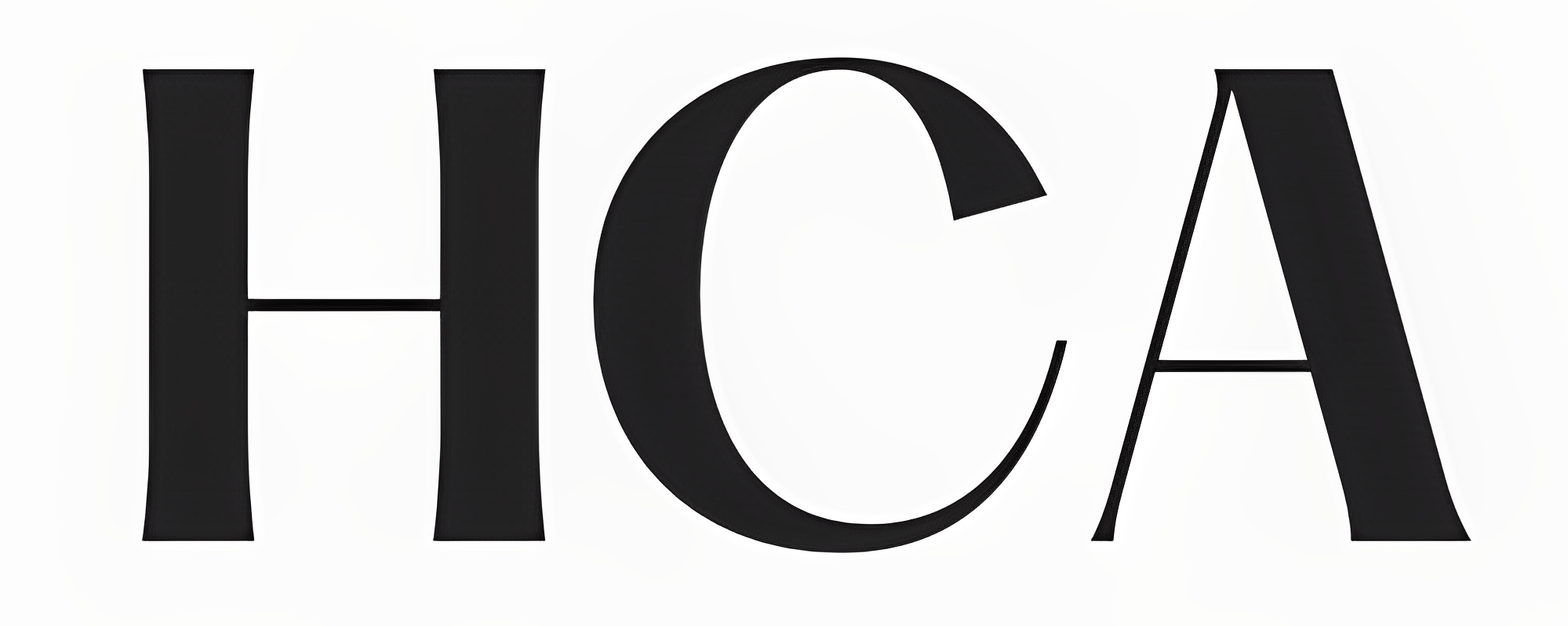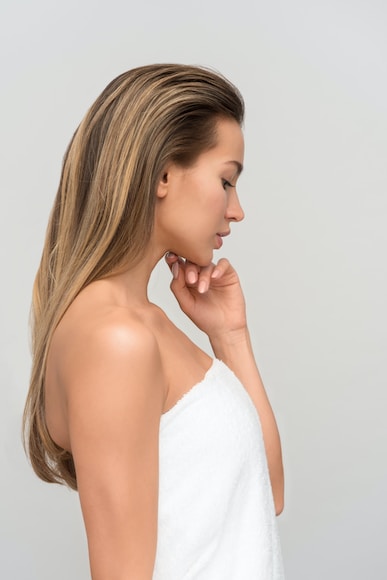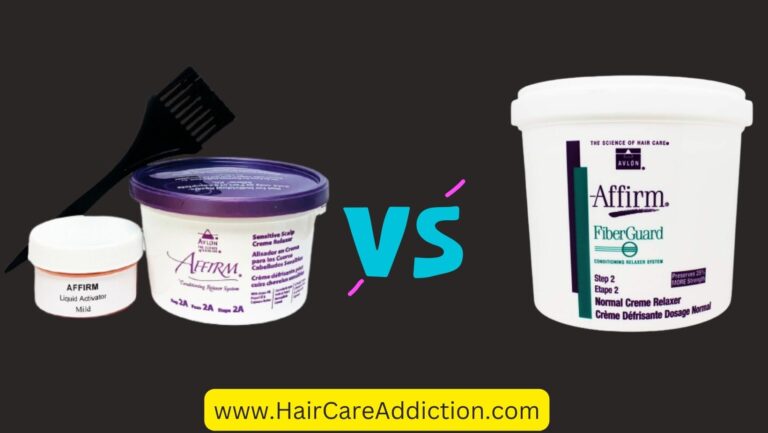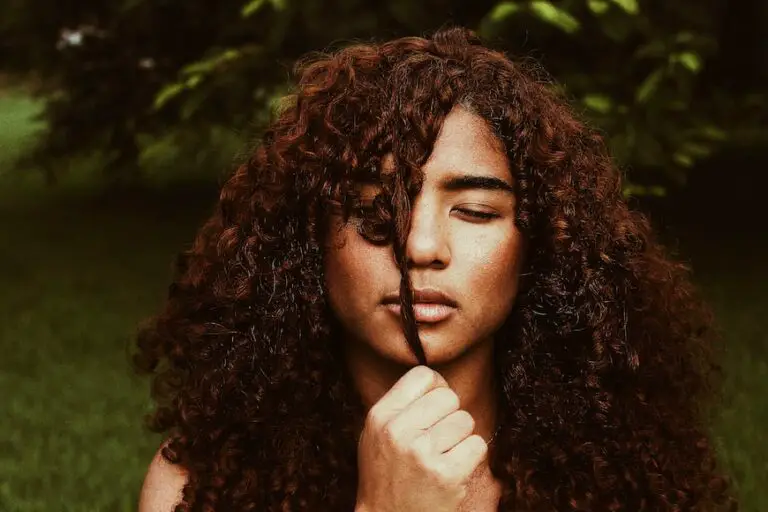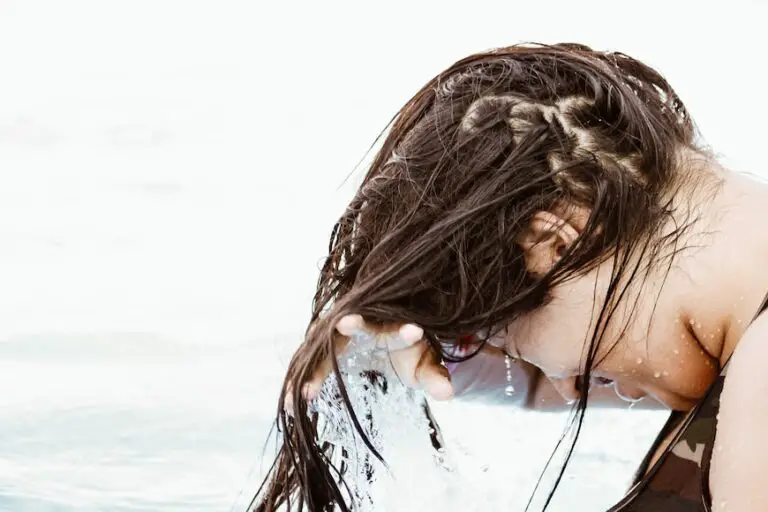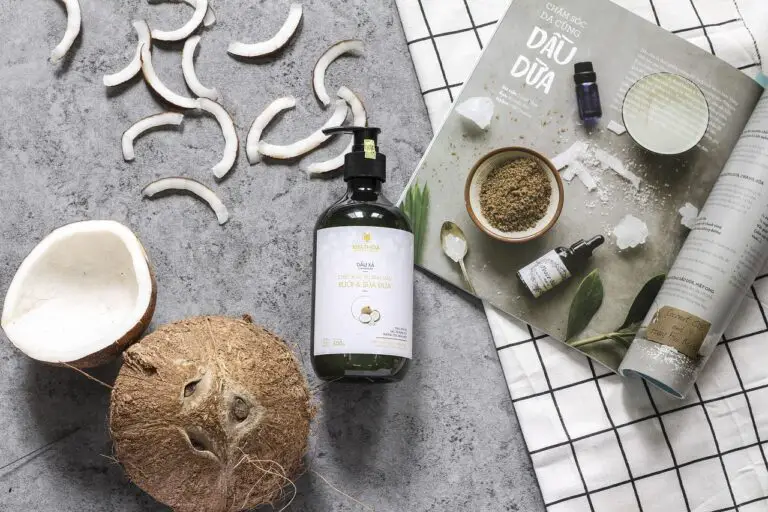How To Reverse A Texturizer? (Find Out)
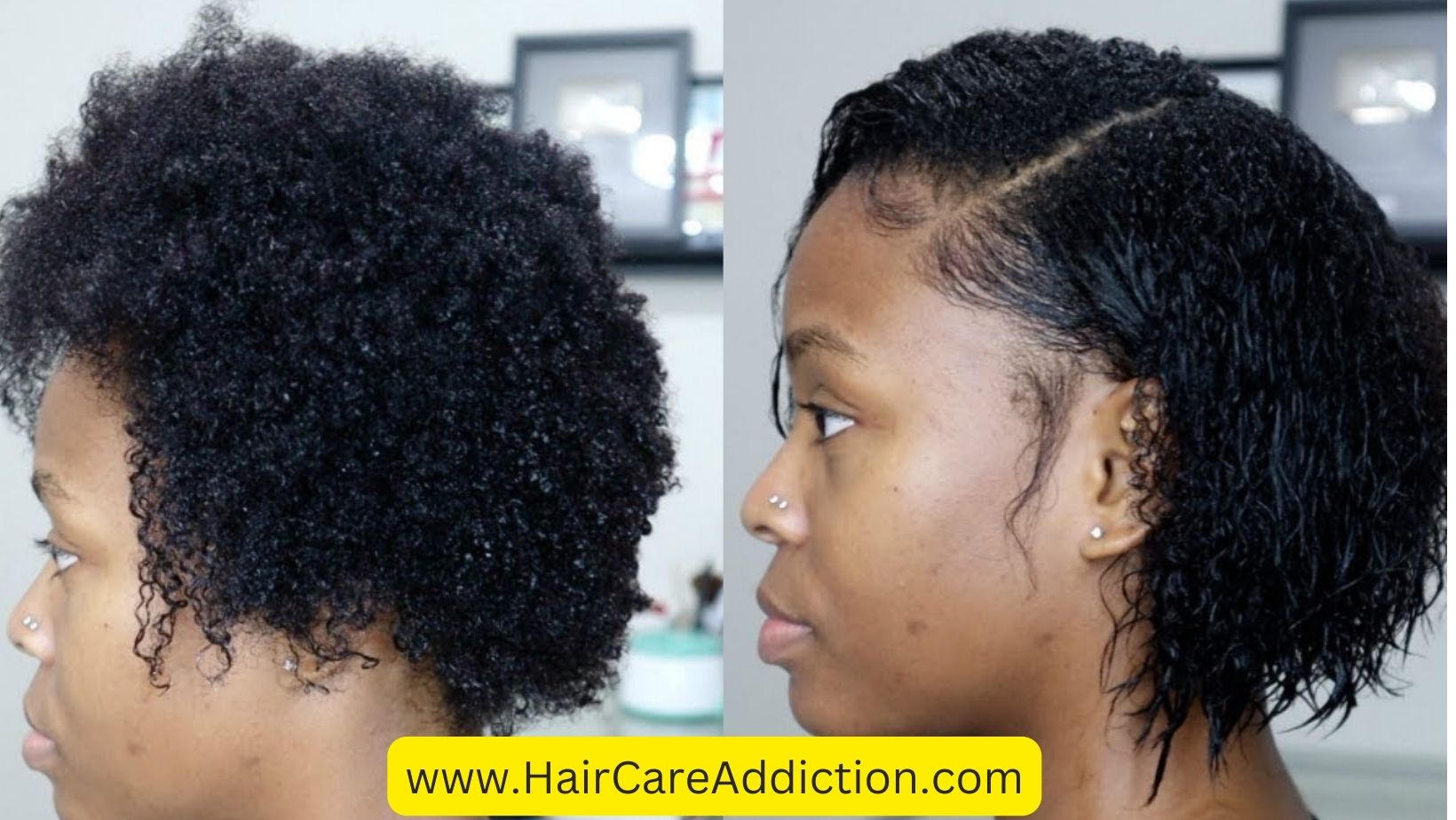
If you’ve used a texturizer on your hair and don’t like how it turned out, you might be wondering if there’s a way to change it back.
Sadly, there’s no quick fix because texturizers change your hair in a big way using chemicals.
Pros and Cons of texturizing natural hair
Here are pros and cons of texturzing your natural hair:
| Pros | Cons |
|---|---|
| Smooth and De-Frizz Unruly Curls | Chemical Damage to the Hair |
| Gentler Than A Relaxer | Dry and Rough Hair |
| Maintains Volume | Doesn’t Work Well on Z-shaped Curls |
| Easier Styling | Not Ideal for Transitioning to Natural Hair |
Reason for reversing texturizer
A texturizer is like a special treatment for your hair that can make it less curly and easier to style. It changes the way your hair naturally curls so you can do different hairstyles with it.
However, these are the problem that many people face after texturizing thier hair:
Uneven Curl Pattern: The texturizer was left on too long, causing the person’s hair to have an uneven curl pattern, with curls at the roots but stringy ends.
Displeasing Appearance When Wet: The texturized hair didn’t look good when wet, making it necessary to style it constantly.
Limited Styling Options: Texturized hair required specific styling methods, like twist outs or bantu knots, to look good, restricting the person’s styling options.
Maintenance Requirement: Texturized hair needed regular touch-ups, which the person didn’t want to commit to.
Loss of Natural Texture: The person missed their natural hair’s texture and softness after texturizing.
How To Reverse A Texturizer?
Reversing a texturizer in your hair is not easy. Texturizers, like relaxers, are strong chemicals that change your hair permanently. So, you can’t just make them go away once they’re in your hair.
Here are some ways to deal with your hair after you’ve used a texturizer:
Cut Your Hair
The only sure way to get rid of the part of your hair that’s been damaged by the texturizer is to cut it off. This allows your healthier, natural hair to grow back over time.
Temporary Fixes
If you want to make your hair look better quickly and don’t have time to wait for it to get better naturally, you can use styling techniques to add texture and volume. This works for all types of hair. Some popular styles for this include beachy waves, messy curls, a textured medium-length haircut, a relaxed “bedhead” look, twisty curls, and braids. You can create these styles by using different methods. For example, you can take a strand of hair and use a flat iron to roll it under toward your scalp, then release the iron. Next, you can continue rolling the iron in the opposite direction, away from your head. Keep doing this until you reach the end of your hair.
Protein Treatment
When your hair is damaged from using texturizers, you need to give it some extra protein to help it recover. Protein treatments are like a special treatment that repairs the broken parts of your hair and adds healthy proteins and amino acids to make it stronger.
These treatments work by strengthening the outer layer of your hair, called the cuticle, with special proteins that have amino acids and peptides. Think of it like a keratin treatment that makes your hair smooth, shiny, and less frizzy.
But remember, this treatment doesn’t last forever; it’s like a coating on your hair, and it eventually wears off.
Depending on how you take care of your hair, this could be anywhere from three to six months. So, it’s not really fixing your hair structure; it’s more like a temporary solution.
Conclusion
In conclusion, reversing a texturizer in your hair can be challenging, as texturizers permanently alter your hair’s natural structure.
The most effective approach is to cut off the damaged portions, allowing your natural hair to regrow. Temporary styling techniques and protein treatments can help improve the appearance and health of texturized hair, but they offer only temporary solutions.
Ultimately, careful consideration and consultation with a professional stylist are essential when deciding whether to use a texturizer or explore ways to reverse its effects.
